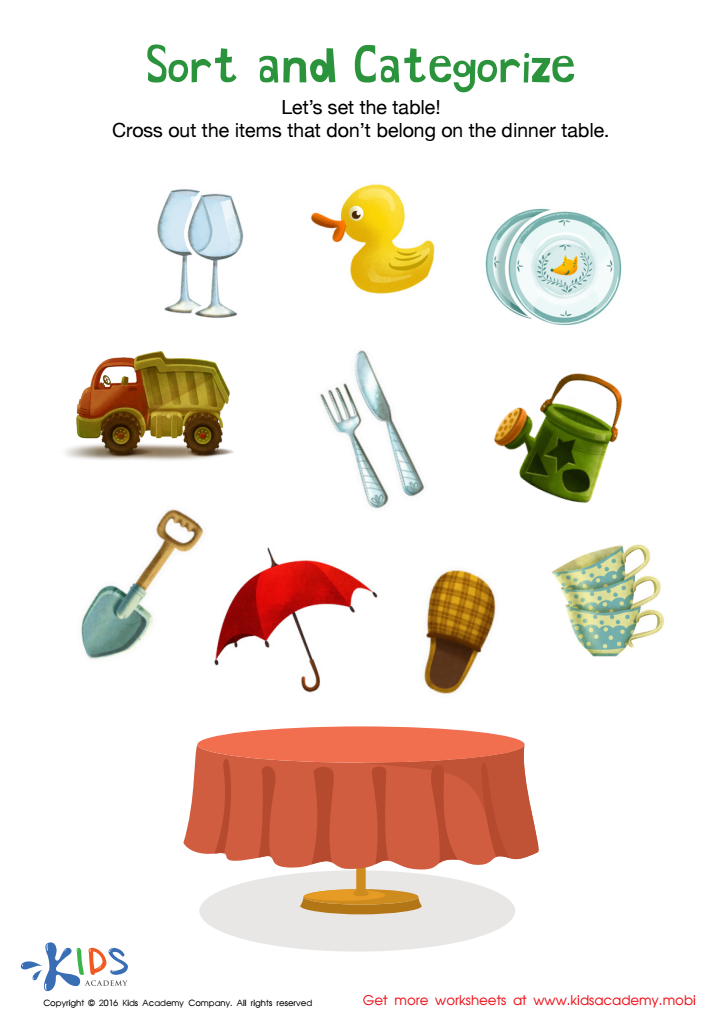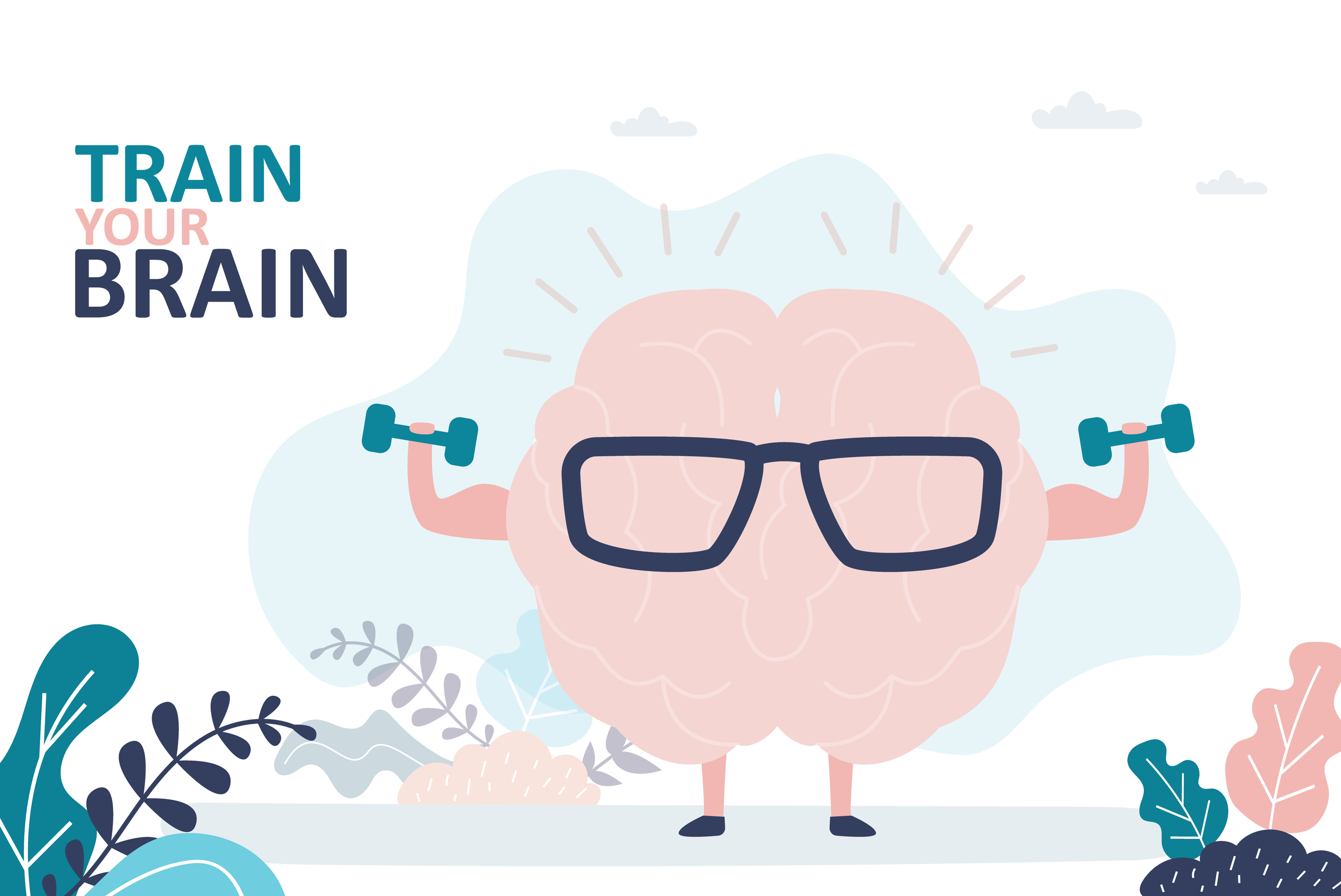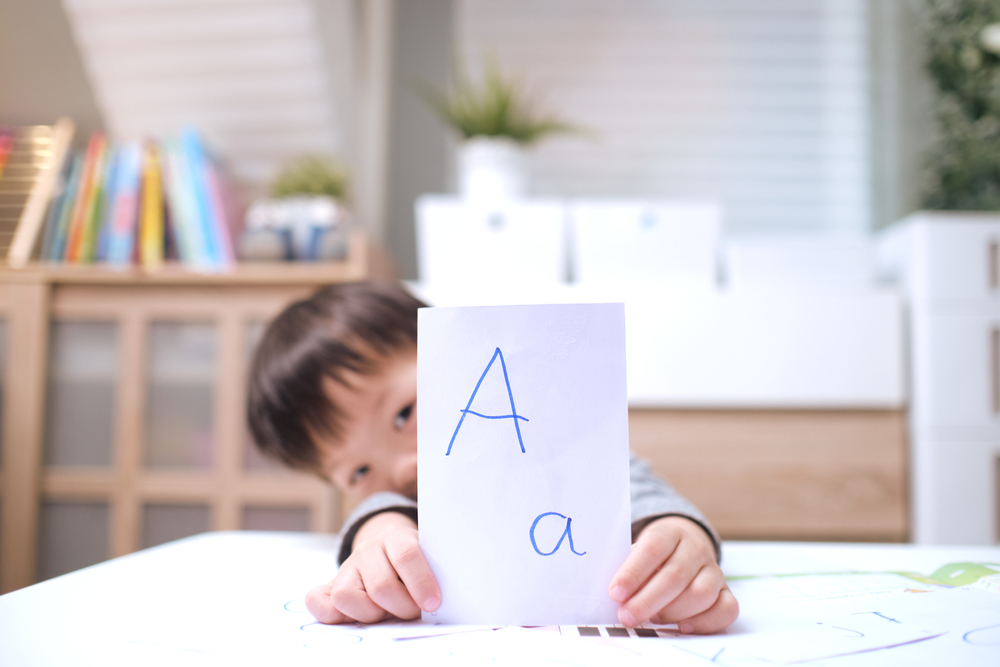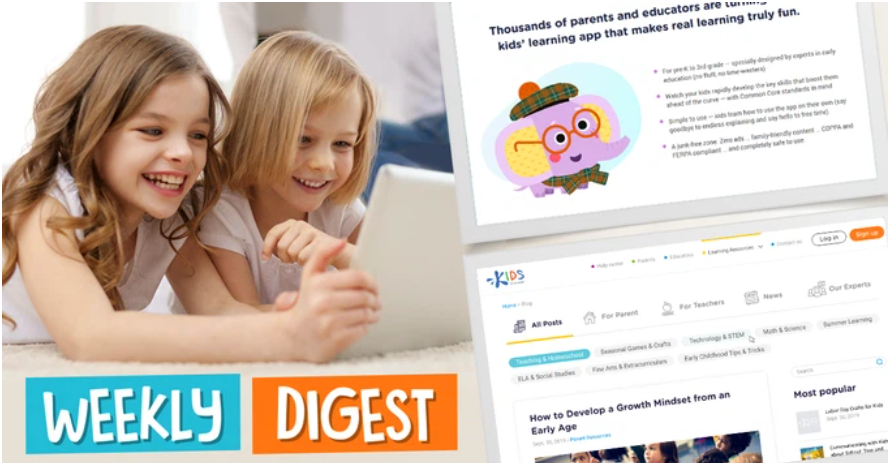Normal Sorting Worksheets Activities With Answers for Ages 3-8
14 filtered results
-
From - To
Discover engaging and educational Normal Sorting Worksheets for ages 3-8 designed to enhance critical thinking and organizational skills. Our sorting activities incorporate colorful visuals and age-appropriate themes, making learning fun and interactive for young learners. Each worksheet comes with clear instructions and an answer key, allowing educators and parents to facilitate independent learning. By sorting objects, shapes, or images, children will develop logical reasoning and classification skills essential for their academic growth. Explore a variety of worksheets that cater to different learning styles and promote hands-on interaction. Visit our site to download and inspire young minds through the joy of sorting!
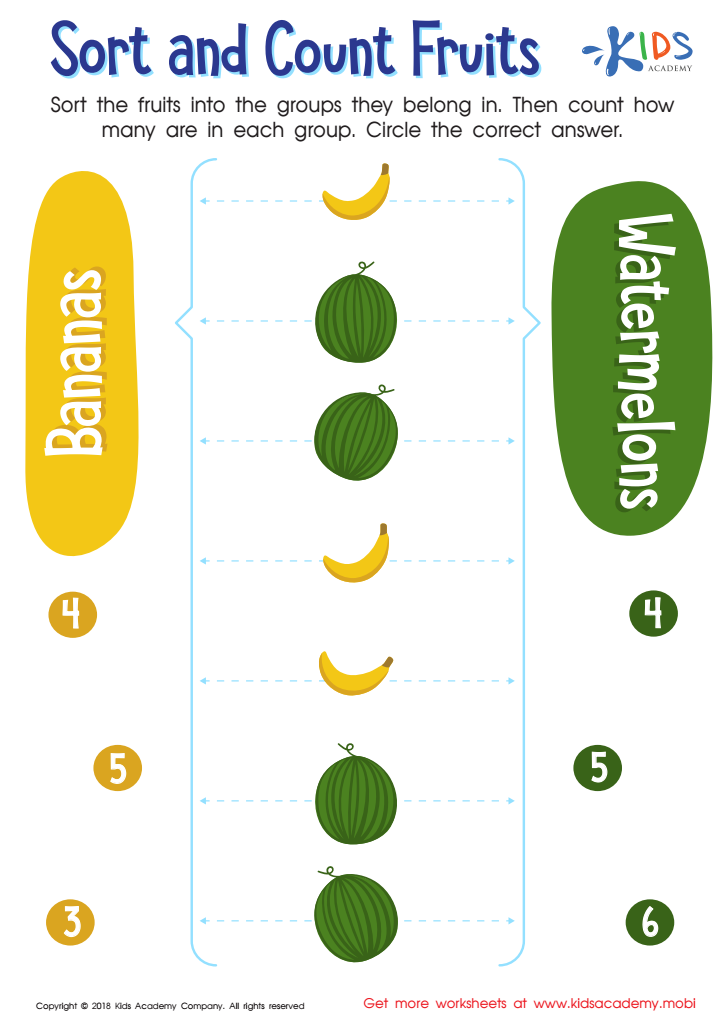

Sort and Count Fruits Worksheet
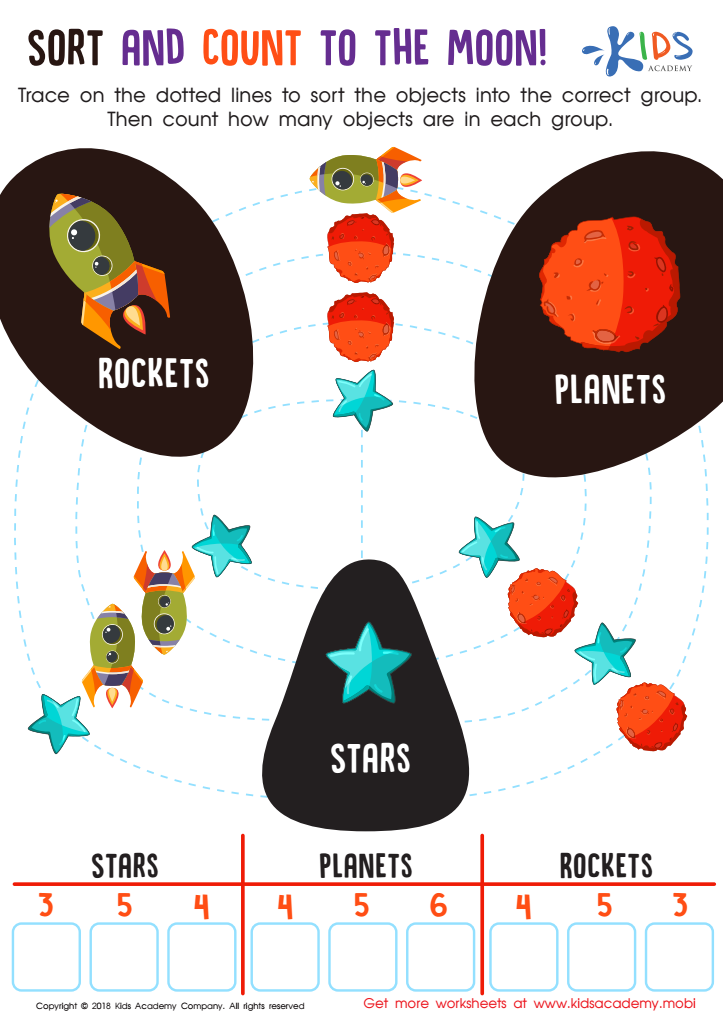

Sort and Count to the Moon Worksheet
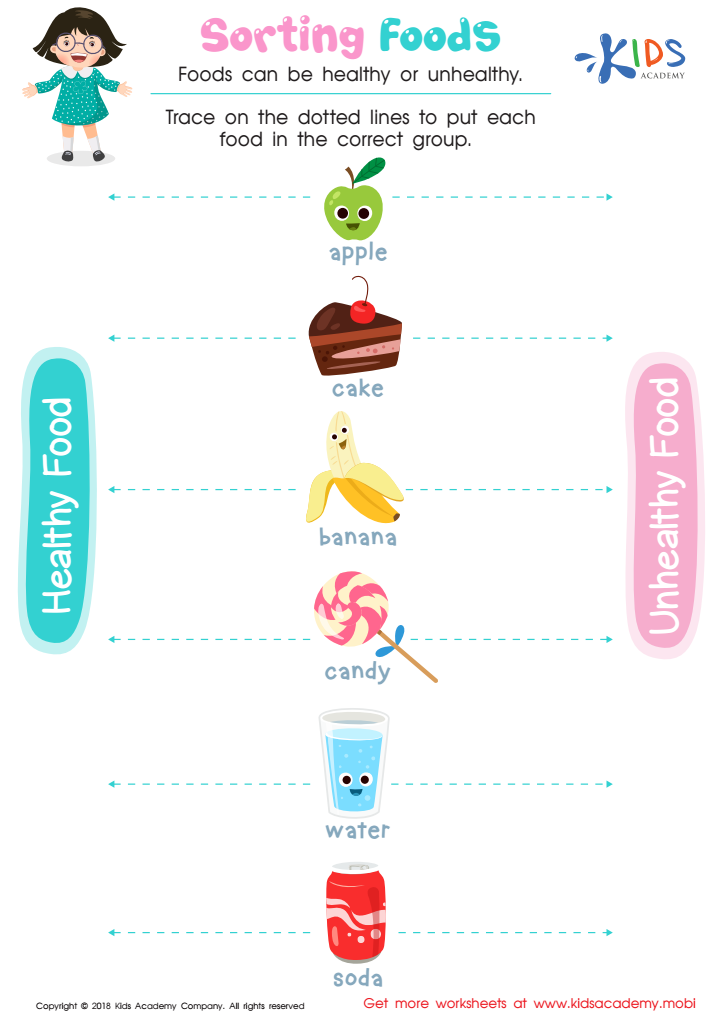

Sorting Food Worksheet


Sorting Animals in 3 Groups Worksheet
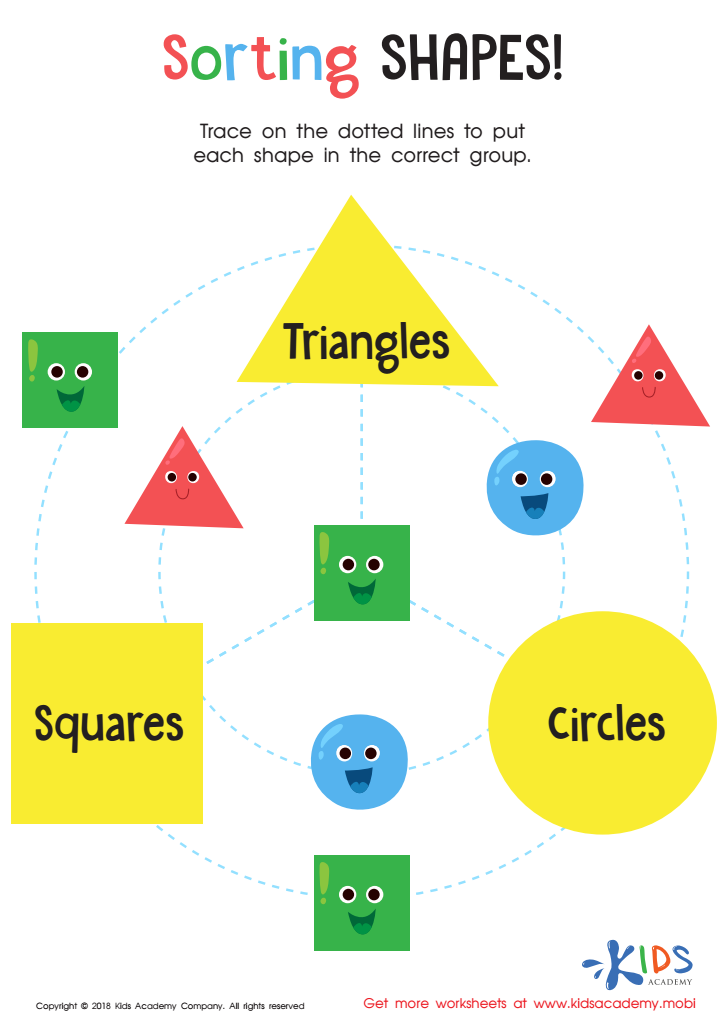

Sorting Shapes - Part 3 Worksheet
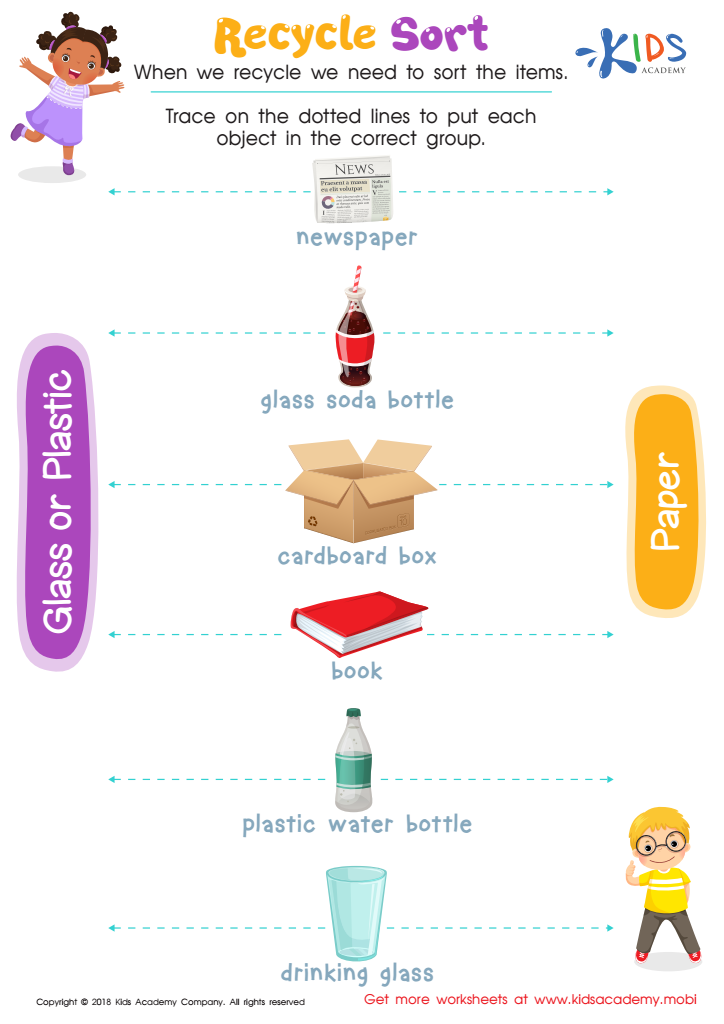

Recycle Sort Worksheet
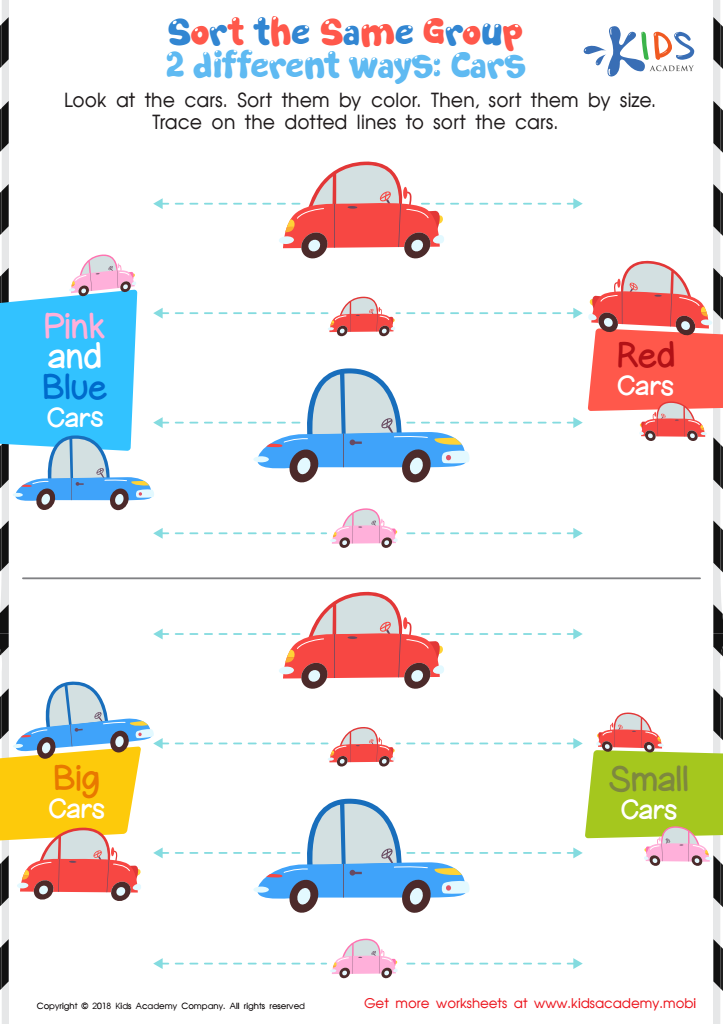

Sort the Same Group 2 Different Ways: Cars Worksheet
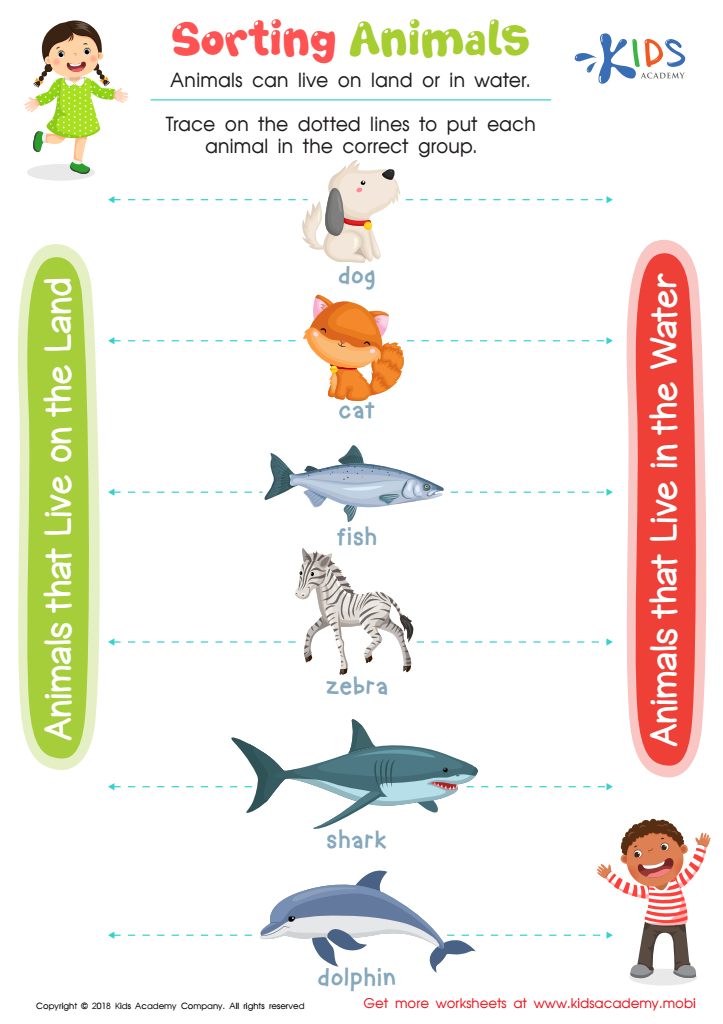

Sorting Animals Worksheet
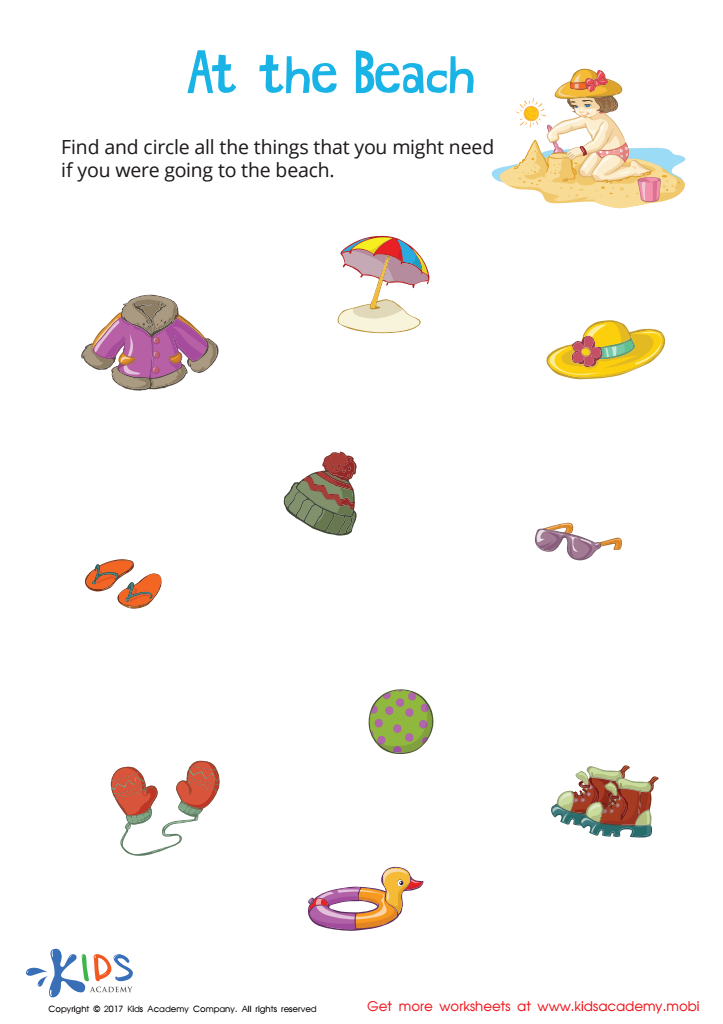

At the Beach Sorting Worksheet
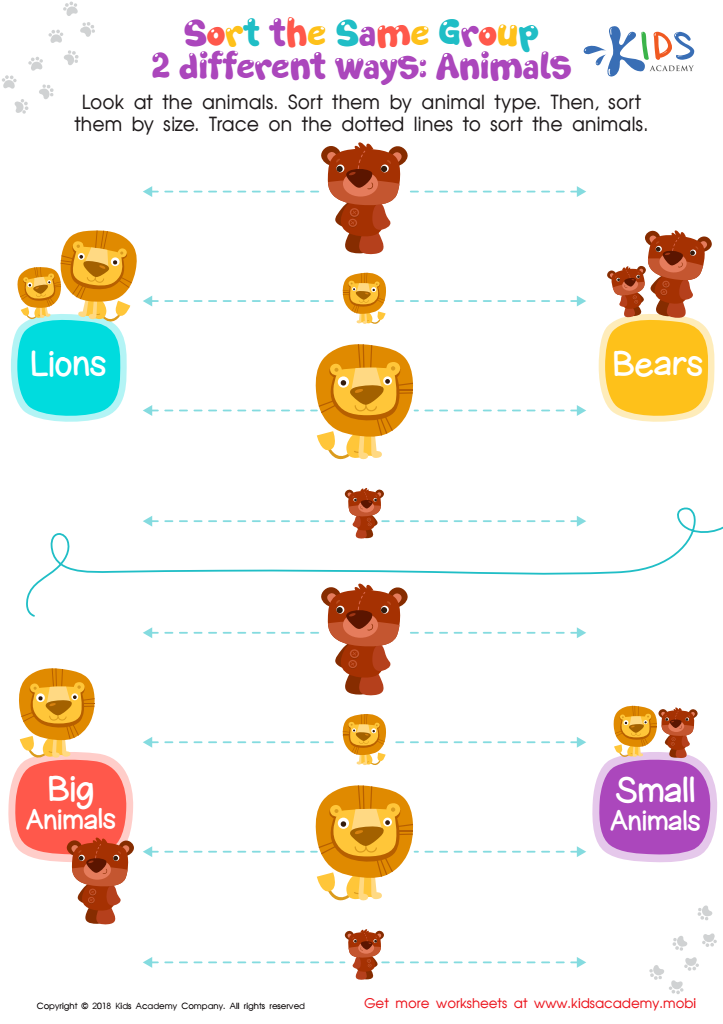

Sort the Same Group 2 Different Ways: Animals Worksheet
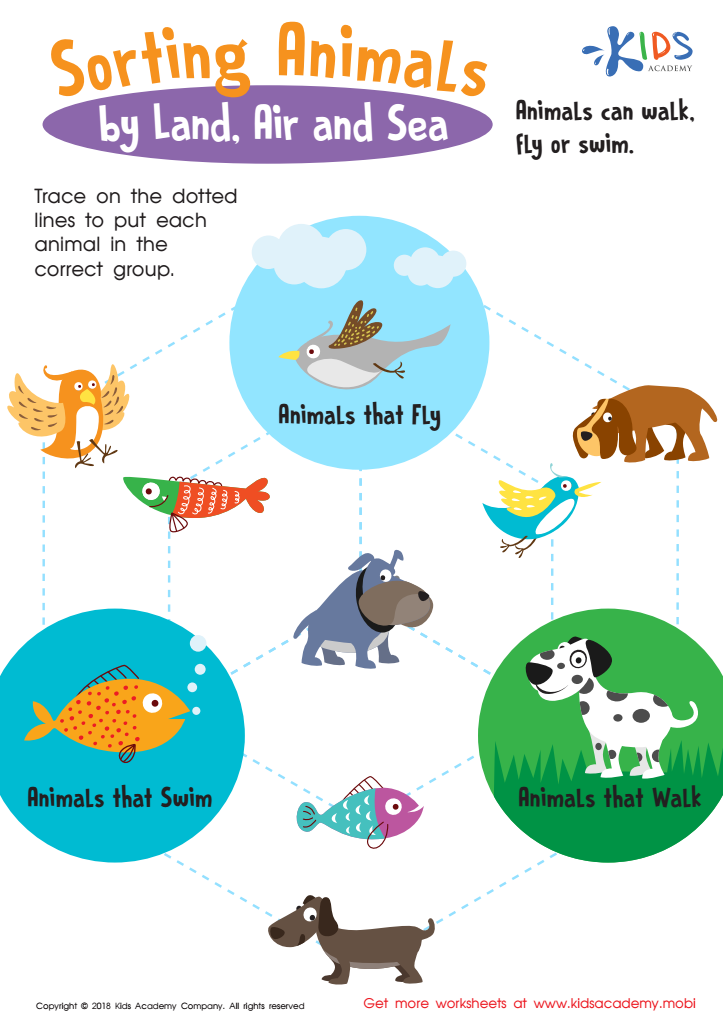

Sorting Animals by Land, Air and Sea Worksheet
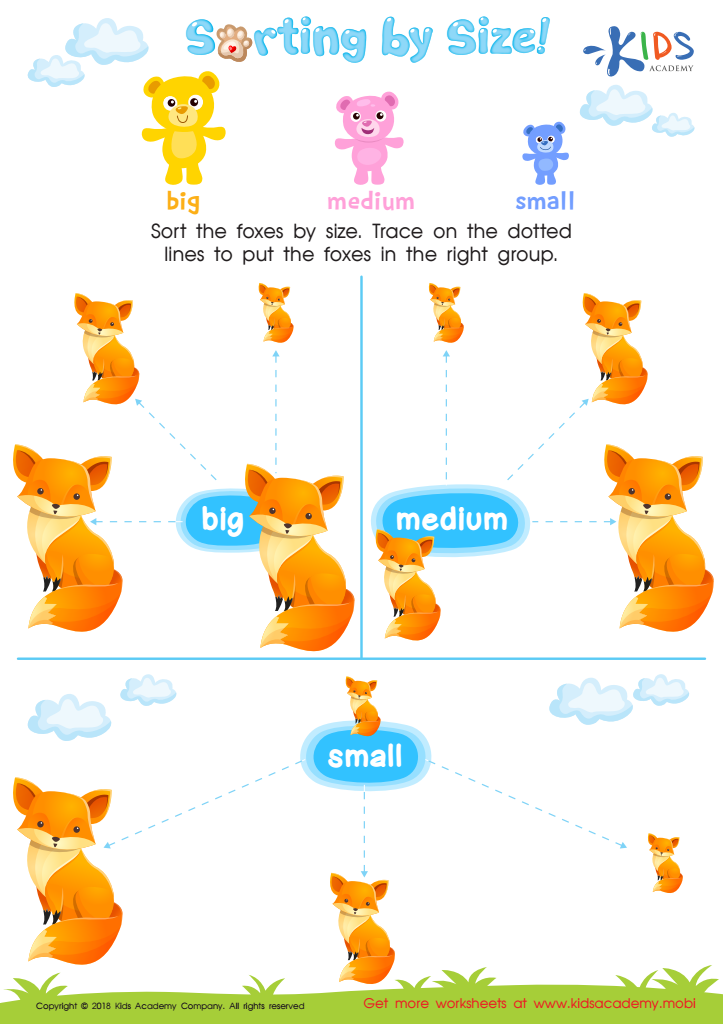

Sorting by Size Worksheet
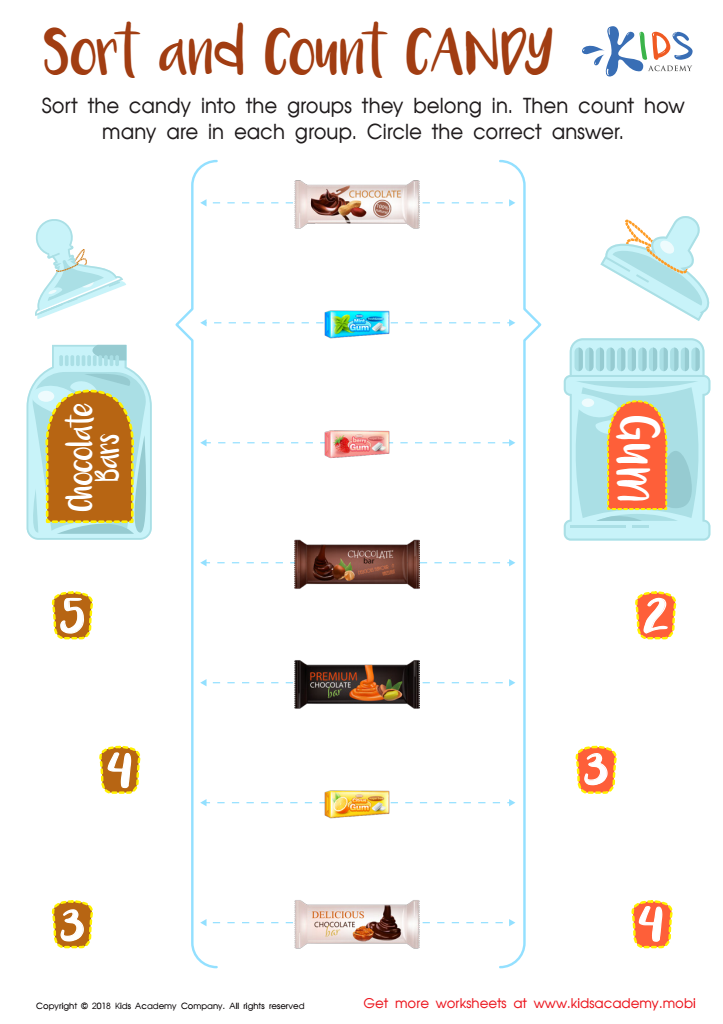

Sort and Count Candy Worksheet
Parents and teachers should care about normal sorting activities for children aged 3-8 as these activities play a crucial role in early childhood development. Sorting activities inherently enhance cognitive skills, such as critical thinking and problem-solving. When children categorize items based on various attributes, like color, shape, or size, they practice making decisions and recognizing patterns, essential skills that underpin later academic success, especially in subjects like math and science.
Additionally, these activities promote fine motor skills as children handle and manipulate objects, which is vital for their physical development. Engaging in sorting tasks also aids in language development; as children describe their sorting criteria, they expand their vocabulary and communication skills.
Furthermore, normal sorting activities are an effective way to promote social skills and cooperation when done in groups, encouraging children to share and discuss their reasoning with peers. For parents and teachers, introducing varied sorting activities maintains interest and challenges children, supporting differentiated learning.
By cultivating basic skills through enjoyable and engaging sorting tasks, adults contribute to creating a solid foundation for skill development in later educational stages, ultimately influencing children's lifelong learning and adaptability in an ever-changing world.

 Assign to My Students
Assign to My Students
